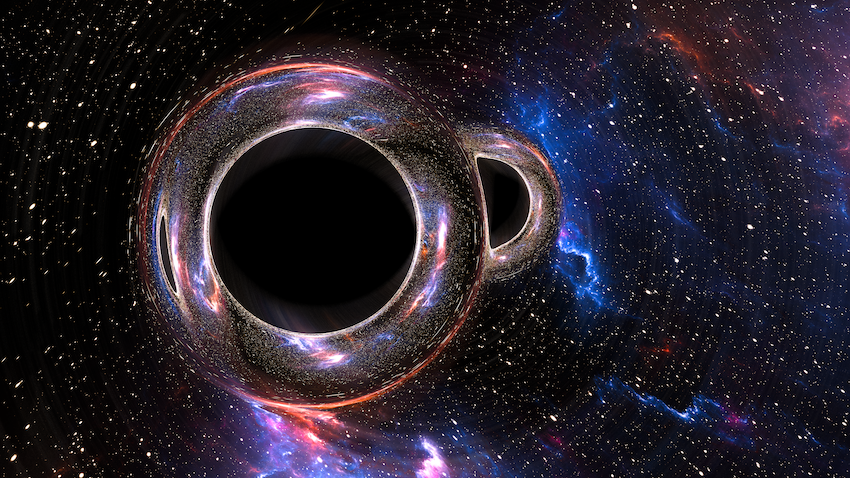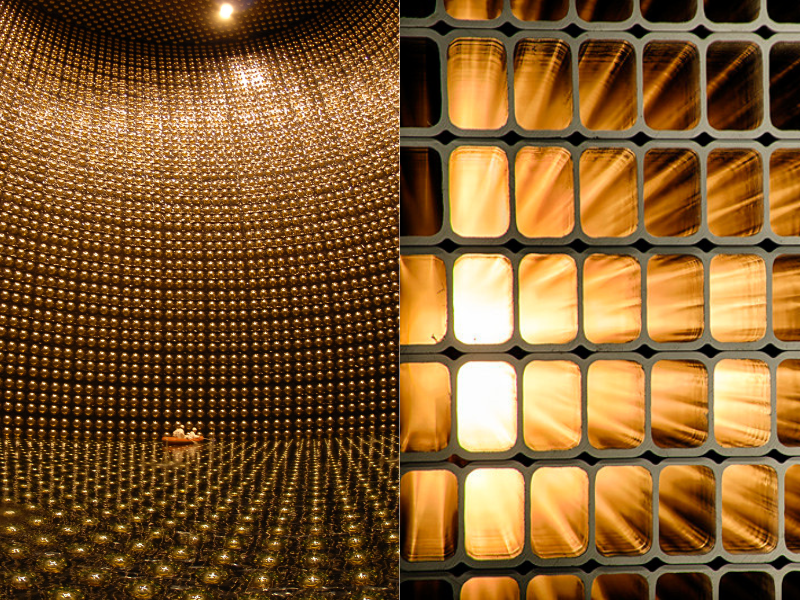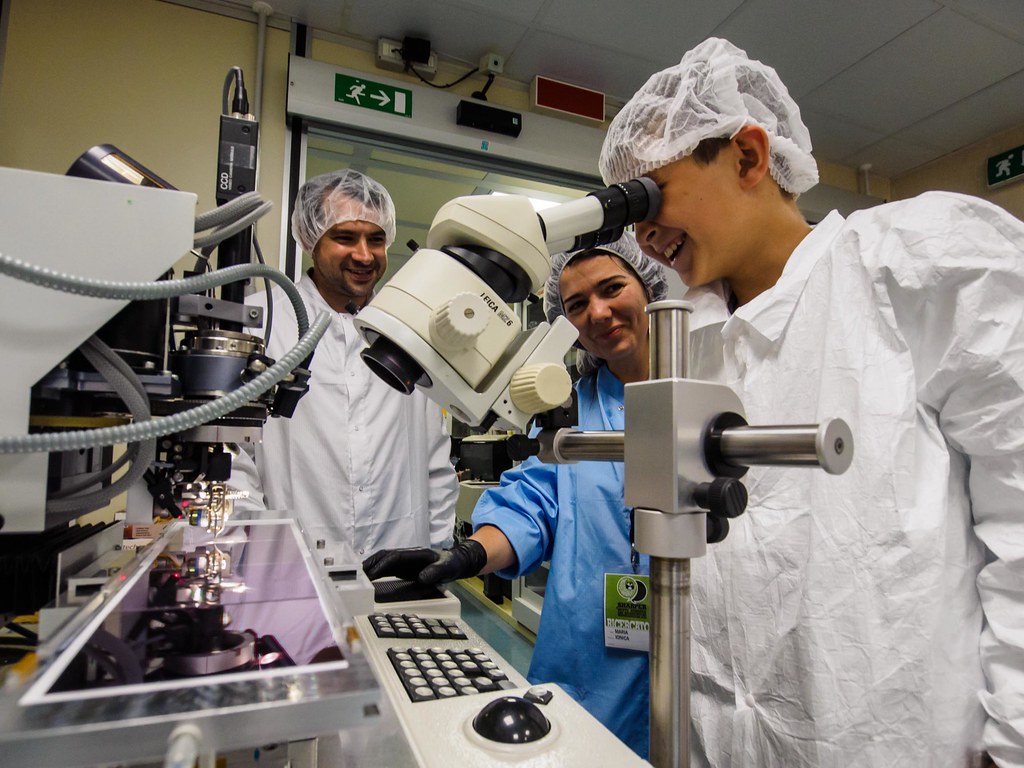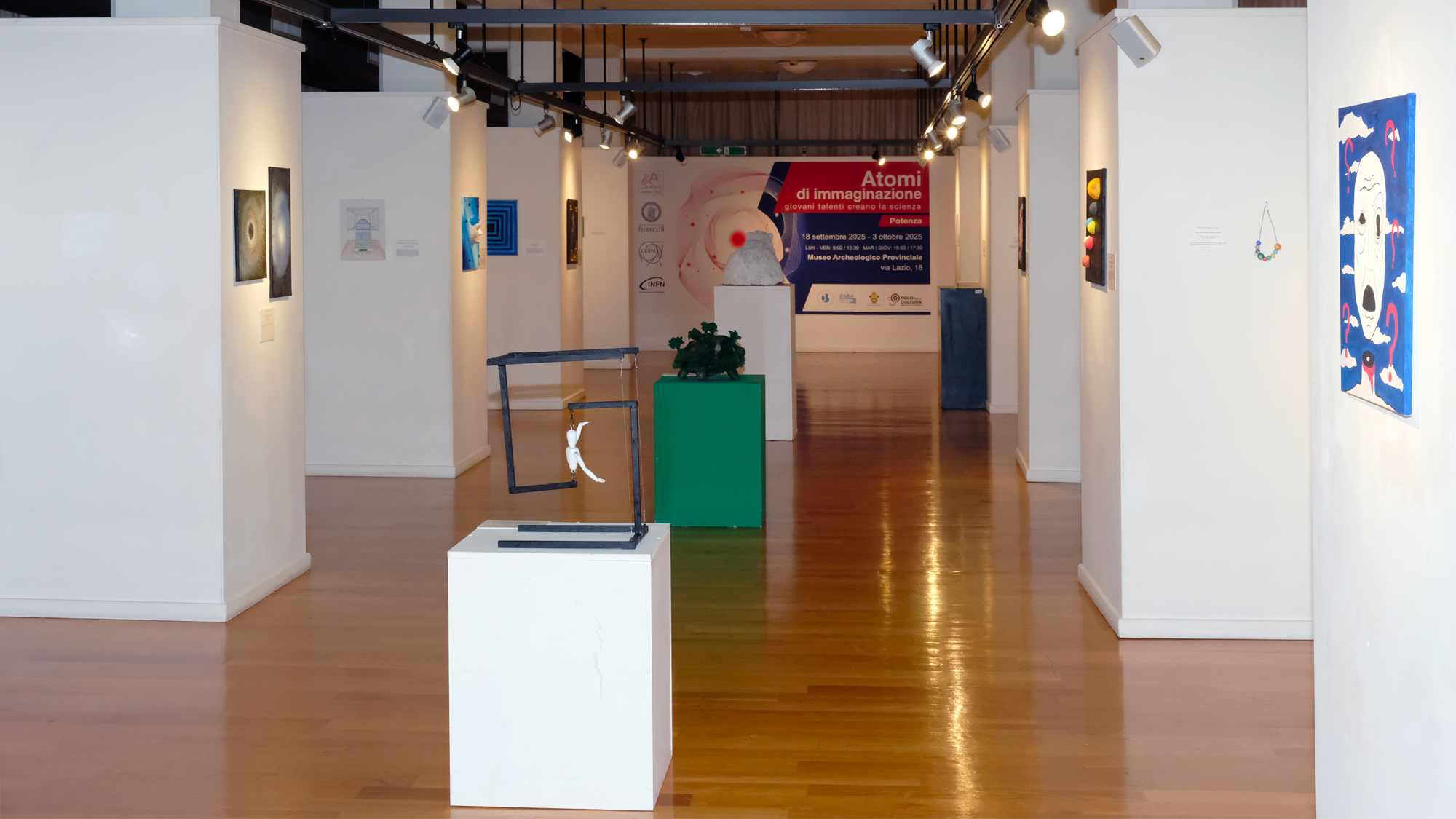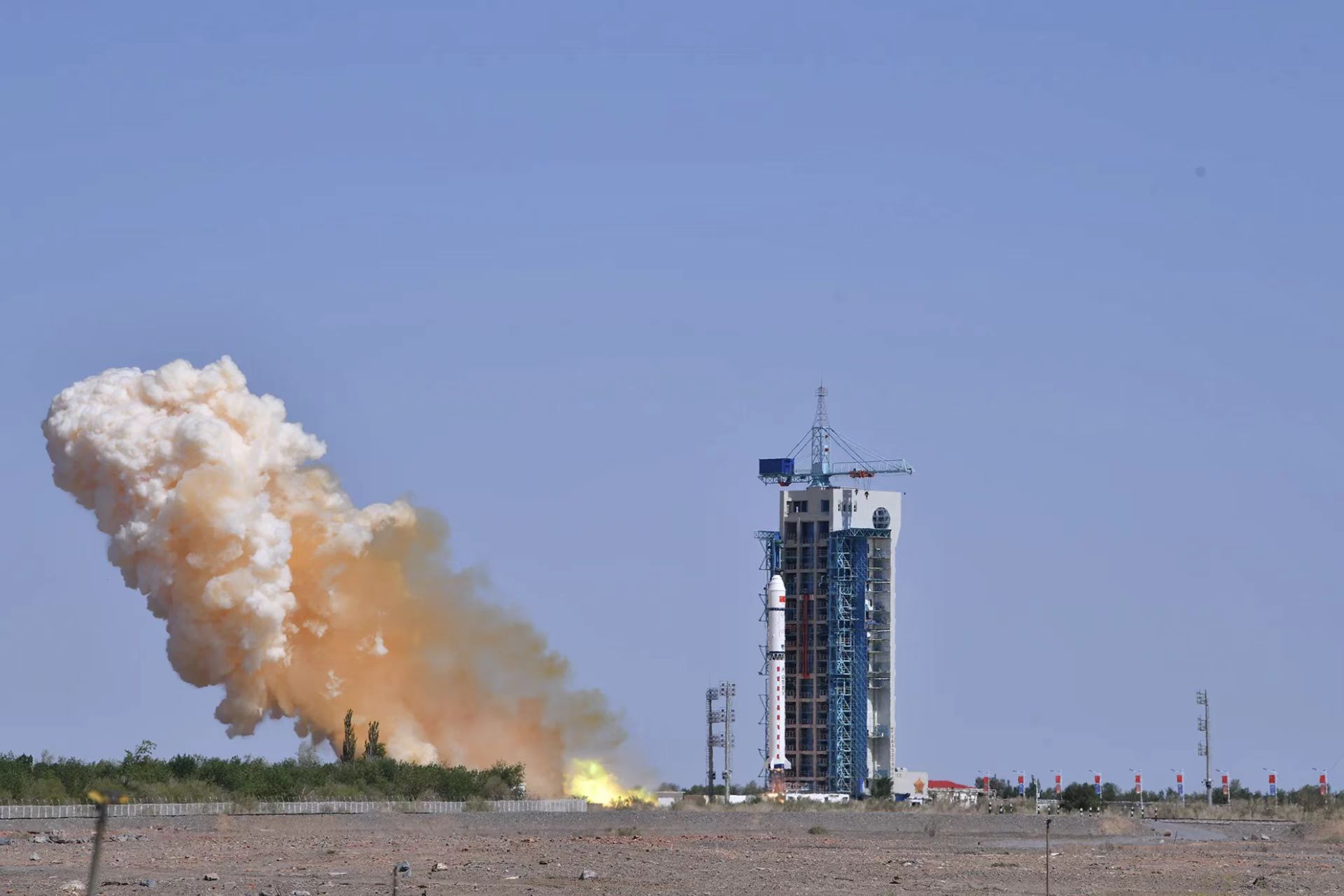[ASI-INFN-INAF JOINT PRESS RELEASE]
The CSES-02 (China Seismo-Electromagnetic Satellite-02) satellite, the second in the CSES series and the result of cooperation between the Italian Space Agency (ASI) and the China National Space Administration (CNSA), has been successfully launched. A large Italian scientific team participates in the mission, operating within the framework of the Limadou collaboration, a network coordinated by the ASI with the National Institute for Nuclear Physics (INFN), the National Institute for Astrophysics (INAF), and the contribution of the National Institute for Geophysics and Volcanology (INGV), the National Research Council (CNR – IFAC) and the Italian universities of L’Aquila, Bologna, Naples, Rome Tor Vergata, Turin, Trento and the UniNettuno International Telematic University.
CSES-02 will operate in tandem with its twin satellite CSES-01, launched in 2018 and still operational. The objective of the mission is the observation and analysis of ionospheric and magnetospheric phenomena related to extreme geophysical events such as earthquakes, as well as atmospheric and space weather phenomena such as geomagnetic storms and high-energy solar particles.
Italian participation in the mission, led by ASI, sees Italy at the forefront of technological and scientific development. Two of the eleven instruments on board the satellite were designed and built in Italy: HEPD-02 (High-Energy Particle Detector), a high-energy particle detector developed by INFN in collaboration with CNR and the academic world, and EFD-02 (Electric Field Detector), jointly built by INFN and INAF to measure the electric field, both redesigned to increase performance and the scientific information contained in the data. Thanks to these instruments, CSES-02 will be able to explore new frontiers in the understanding of physical phenomena occurring between lithosphere, atmosphere and ionosphere, with particular attention to the search for possible space-time correlations with intense seismic events. The mission is a concrete example of how international scientific cooperation can translate into technological progress and the ability to address crucial issues such as environmental monitoring, natural hazard prediction and understanding Earth-Space interaction, thanks to the coordinated efforts of agencies, research organisations and universities.
“The launch of the CSES-02 mission represents a moment of pride for the Italian Space Agency, which has led the realisation of all the Italian instruments on board the satellite, designed, built and tested in the laboratories of the institutes involved, demonstrating the extraordinary capacity of our research system,” said Francesco Longo, head of the Earth Observation Unit of the Italian Space Agency. “The mission’s data will be available for the community via the ASI’s SSDC data centre, with the goal to promote multidisciplinary research in the fields of geophysics, ionosphere physics and space weather.”
“With the launch of CSES-02, the first satellite constellation designed to study rapid geophysical phenomena from space takes shape. The analysis of the data collected by its twin CSES-01 has led to the publication of more than 200 high-quality scientific articles in less than seven years,” commented Roberto Iuppa, INFN’s national project leader. “Today, thanks to the increased sensitivity and shorter revisit time, the scientific prospects of this mission are even better. INFN has been responsible for the development of the HEPD-02 (High-Energy Particle Detector) and EFD-02 (Electric Field Detector) instruments, two measurement devices with unprecedented performance”.
“INAF, in collaboration with INFN and with the support of ASI, has developed and qualified the EFD-02 instrument for the measurement of the electric field, using its historical expertise in space plasma physics experiments. EFD-02 enriches and completes the remarkable concentration of instruments onboard CSES, giving the mission the possibility of unprecedented interdisciplinary scientific results,” said Piero Diego, First Technologist at INAF and Deputy-PI of the EFD-02 instrument.
